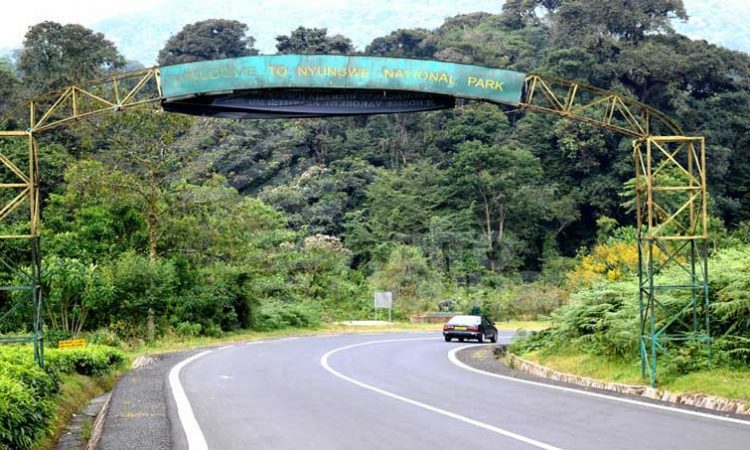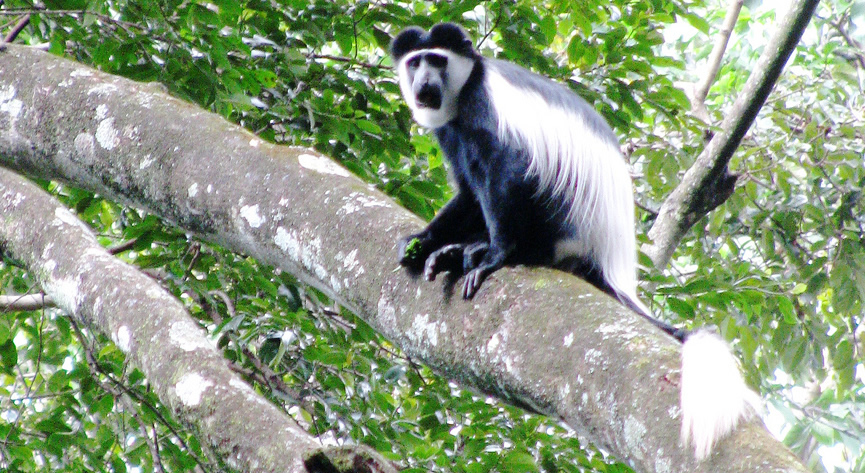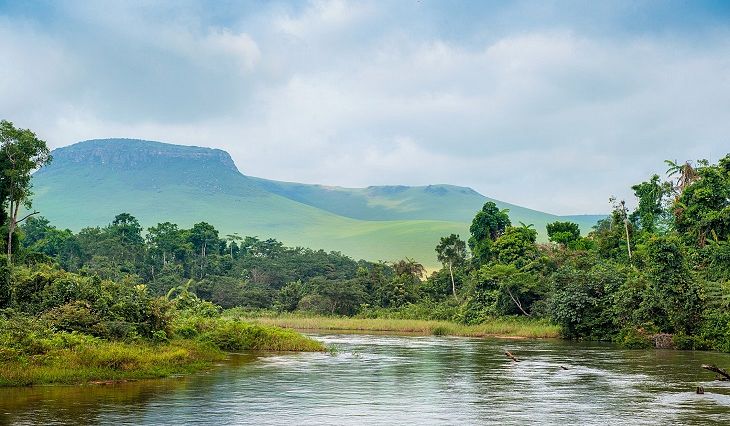
Welcome to Sankuru Nature Reserve in DR Congo
Beauty and Nature are the two main words that can describe the Democratic Republic of Congo because this country is where you will find some of the World largest tropical rainforests, the longest rivers, numerous endemic wildlife and bird species and general diversity of attractions that you will not find elsewhere in the World. Tourists that desire to discover the unknown always go to this Central African country and it has never disappointed them and one of the places you can uncover during your expedition is the Sankuru Nature Reserve.
You will discover that only 1% of the tourists to the Democratic Republic of Congo make their trips to this Protected Area that lies at the heart of the Congo River Basin within the north-eastern side of Loniema, east of Luhamba and south-east of Olemanu. Sankuru national Park was established on 6th November 2007 and covers an area of 30,570 square kilometers (11,800 square miles/3,057,000 hectares), larger than the Massachusetts State, hence making it the World’s largest continuous Protected Area for Great Apes standing at an elevation of 542 meters above sea level.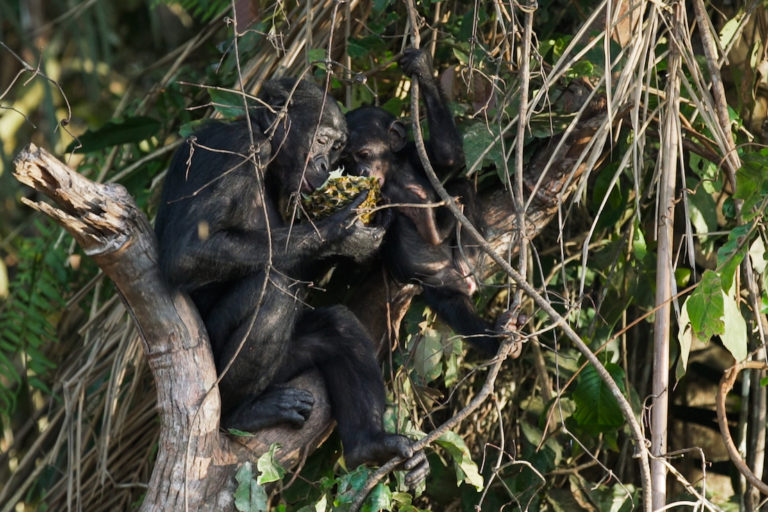
What started at the grassroots level with local communities is undoubtedly the first large-scale Reserve in the Democratic Republic of Congo to be managed by the native people. This site is also a recipient of the first REDD+ (Reduced Emissions from Deforestation and Degradation) project in the Democratic Republic of Congo, hence showing the important role it plays in pioneering a new Paradigm for community-led Conservation of resources.
Flora and Fauna within Sankuru Nature Reserve
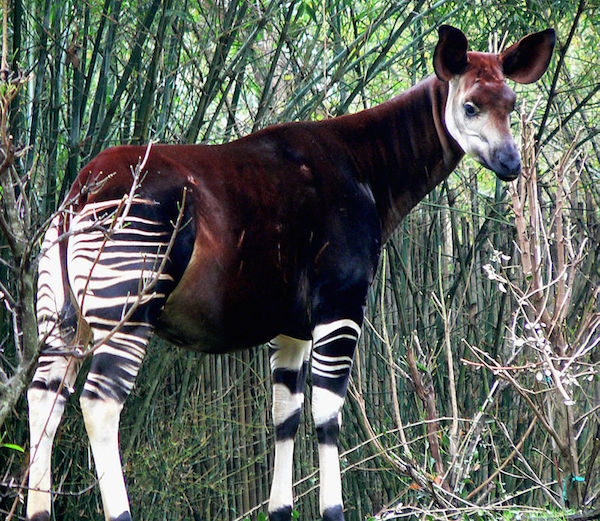
Okapi – Sankuru Nature Reserve
Much as the diversity of wildlife within Sankuru Nature Reserve is staggering due to illegal activities such as poaching and encroachment into the habitat by the surrounding local communities, some animals can be spotted within the Protected Area. These include the Bonobos-endangered primates under IUCN’s Red List of Threatened Species, Okapi (Okapia johnstoni)-the short-necked forest giraffe that is endemic to the Democratic Republic of Congo, the giant African forest elephants as well as other 10 extraordinary species of primates including the blue monkeys and the extraordinary owl-faced monkeys.
In addition to protecting the Great Apes and other wildlife species, Sankuru Nature Reserve has played an important part in environmental initiatives such as species conservation and watershed protection among others. On top of combating climate change, the REDD+ strategy also plays an important part in protecting ecosystem diversity in addition to helping the local communities by improving their livelihoods and welfare.
This Reserve maintains a vast area of forest, a wide range of wildlife species has been at the forefront in fighting global warming and on top of that allows local communities to thrive. The people living around the Sankuru Nature Reserve depend on the forest for every aspect of their lives hence helping them develop other economic alternatives to the illegal and destructive bushmeat trade that has continuously become a threat to the survival of wildlife species in the area.
Therefore, even when it is rarely visited by tourists, Sankuru National Park boasts of wide range of wildlife species including African forest elephants, okapis, Bonobos, owl-faced monkeys and blue monkeys on top of playing an important role in combating climate change.

